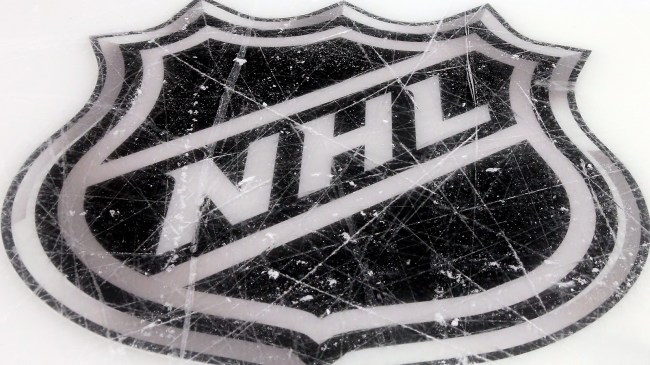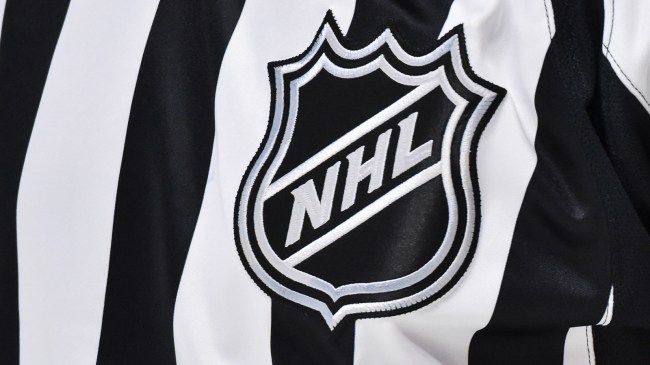
Getty Image
The soccer world doesn’t really have any issues with two teams playing to a tie, but the last thing most sports fans want is to devote hours of their life to watching a contest without a winner being declared when everything is said and done. The NHL has multiple contingency plans to ensure that’s not the case, but the league actually spent decades forgoing overtime thanks to a decision that was made during WWII.
Some hockey purists weren’t thrilled to see the NHL switch its five-minute overtime period to a three-on-three format in 2015, but I’d argue it’s been a pretty welcome development that routinely leads to some electric plays courtesy of the breakaways and odd-man rushes it has a tendency to spawn.
I’d much rather see a hockey game get decided in that particular manner than have to watch things get settled in the shootout, a gimmick that was introduced prior to the start of the 2005-06 campaign and was already pretty stale by the time that season came to an end.
Prior to that point, NHL games routinely ended in a tie if neither team was able to score in overtime, which was reintroduced ahead of the 1983-84 season (in 1999, teams were given some extra incentive to force OT thanks to a controversial rule change that guaranteed both sides a point in the standings if the score was tied at the end of regulation regardless of the eventual outcome).
I feel like most people reading this don’t remember a time when a tie didn’t result in fans getting treated to some free hockey, but that was the case for around 40 years courtesy of a decision made during WWII that probably should’ve been rescinded earlier than it was.
Why the NHL got rid of overtime for decades due to World War II

Getty Image
World War II obviously impacted virtually every facet of North American life, and professional sports were certainly no exception.
When you consider the military relied on the efforts of able-bodied males, it was only natural that many athletes either volunteered to enlist in the armed forces (as was the case with Ted Williams and Joe DiMaggio) or headed off to fight after being drafted.
Like the NFL and MLB, the NHL found itself dealing with a lack of talented manpower as more and more players left hockey behind to support the war effort. In 1941, the league was left with the group of teams known as the “Original Six” after the Brooklyn Americans folded due to financial issues inextricably linked to the conflict, and the remaining franchises were forced to field rosters consisting of increasingly young and unproven players.
The NHL is based in Canada, and while some politicians in the Great White North lobbied the league to cease operations during WWII, others argued it was a good way to boost morale while noting radio broadcasts could be used to spread important messaging to people across North America.
WWII had a significant impact on day-to-day life in Canada and the United States, which included a special emphasis on the responsible use of resources. That led to the NHL dealing with some logistical issues when it came to travel, as the trains teams relied on to get around were frequently operating on tight and reduced schedules.
On November 20, 1942, NHL Commissioner Frank Calder announced the league would be getting rid of the ten-minute overtime period during the regular season to ensure teams didn’t have to worry about racing to the station to catch a train after a game (OT remained A Thing in the postseason).
While WWII came to an end around two months before the NHL season kicked off in 1945, the league didn’t resurrect overtime until 1983. The owners had previously voted down attempts to bring it back but apparently saw the light after Nordiques president Marcel Aubut convinced them it would make things intriguing for fans—an argument that’s hard to deny based on the current state of affairs.